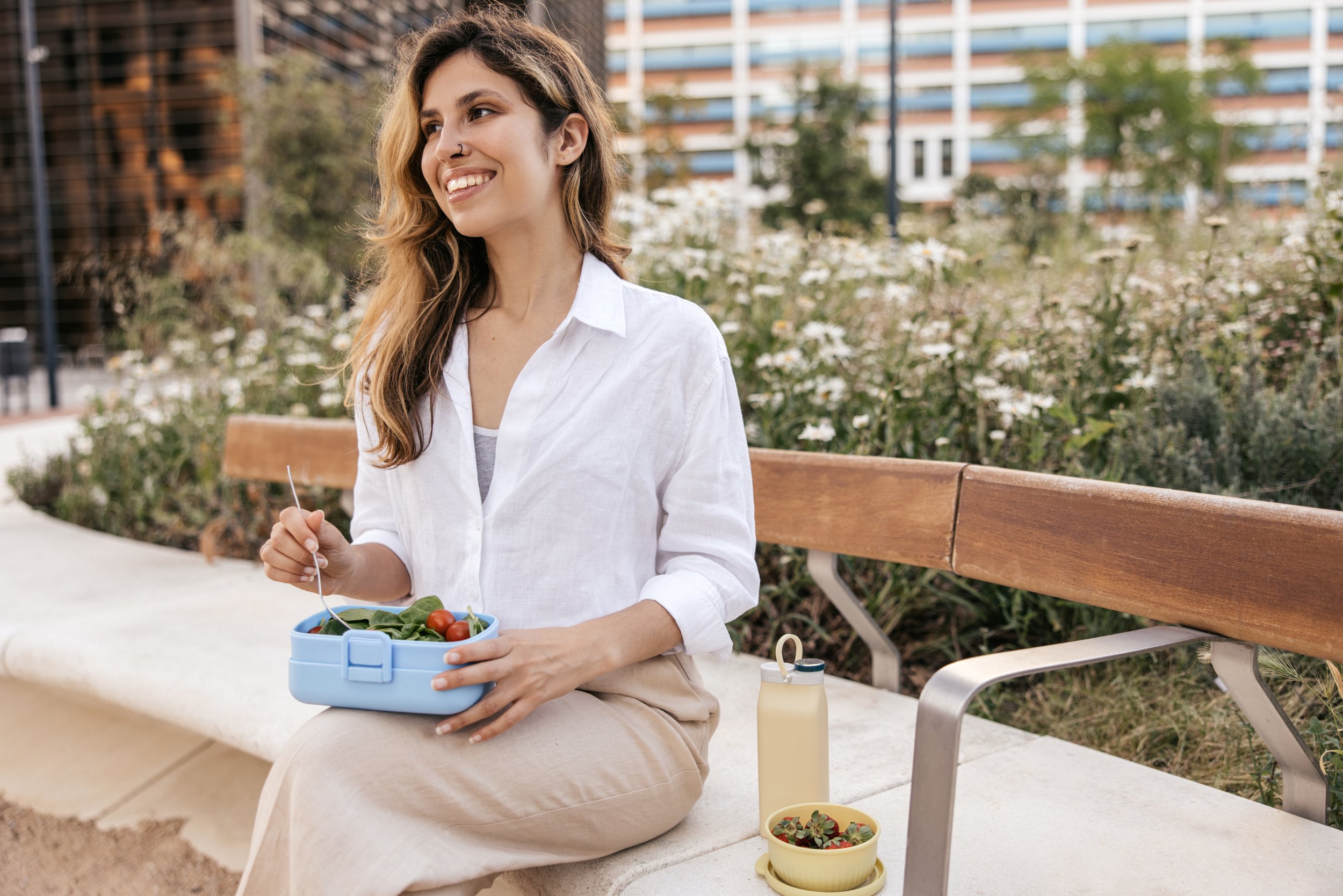Simple Swaps for a Healthier Lunch Break
Eating healthy doesn't have to be complicated, especially during your lunch break. Many people struggle to find a balance between convenience and nutrition. However, with a few simple swaps, you can transform your midday meal into a powerhouse of health benefits without sacrificing taste or time.
Let's explore some practical tips to elevate your lunch routine.
Start with Whole Grains
Refined carbs like white bread and pasta are common lunch staples, but they can lead to energy crashes. Switching to whole grains is an easy adjustment with significant benefits. Whole grains are packed with fiber, which keeps you full longer and stabilizes blood sugar levels. Try a quinoa salad, whole-grain wraps, or brown rice as a base for your meals.
Lean Into Lean Proteins
Protein is crucial for keeping you satiated and energized. Instead of processed meats or high-fat options, opt for lean proteins like grilled chicken, turkey, tofu, or legumes. These alternatives provide essential nutrients without the extra saturated fats. A turkey breast sandwich or a chickpea salad can be fulfilling and nutritious.
Embrace Healthy Fats
Not all fats are created equal. Swapping out saturated fats for healthier options can improve heart health and boost satisfaction. Avocados, nuts, seeds, and olive oil are excellent monounsaturated and polyunsaturated fat sources. Adding avocado slices to your sandwich or drizzling olive oil on your salad can greatly affect your meal's nutritional value.
Upgrade Your Snacks
Snacking can be a downfall or a boost to your healthy eating plan. Replace chips and candy with more nutritious alternatives like carrot sticks, almonds, or Greek yogurt. These snacks provide essential nutrients and help you avoid the afternoon slump.
Say Yes to Colorful Veggies
Vegetables are the cornerstone of a healthy diet, yet they're often overlooked at lunch. Incorporating a variety of colorful vegetables can increase your intake of vitamins, minerals, and fiber. Think bell peppers in your wrap, a side of roasted vegetables, or a mixed greens salad.
Rethink Your Dressings and Condiments
Salad dressings and condiments can be hidden sources of sugar and unhealthy fats. Opt for homemade or light versions, and be mindful of portion sizes. Lemon juice, vinegar, and herbs can add flavor without the extra calories.
Hydrate Healthily
Sugary drinks can quickly add empty calories. Switching to water, herbal tea, or infused water can keep you hydrated and reduce sugar intake. If you miss the fizz, try sparkling water with a slice of lemon or lime.
Practice Portion Control
It's not just what you eat but how much. Using smaller plates, listening to your hunger cues, and avoiding mindless eating can help with portion control. Preparing your lunch in advance can also prevent overeating.
Be Mindful of Eating Habits
Eating on the go or at your desk can lead to overeating and reduced enjoyment of food. Taking a moment to sit down and focus on your meal can improve digestion and satisfaction. Mindful eating practices, like chewing slowly and savoring each bite, can enhance the eating experience.
Making your lunch break healthier doesn't have to be a big ordeal. With a few easy tweaks here and there, you can seriously amp up the nutritional punch of your meals. It's all about taking small, doable steps that fit your preferences and way of life. Stick with it, and you'll see some impressive benefits to your health and happiness over time.

